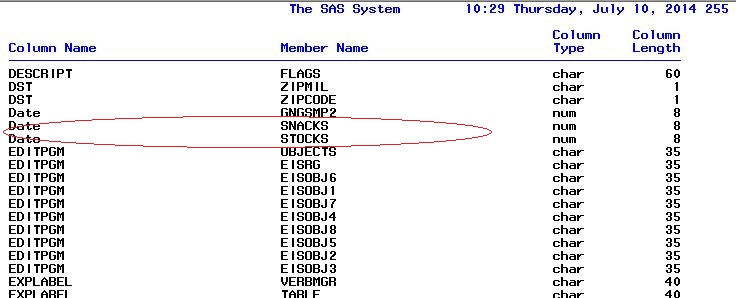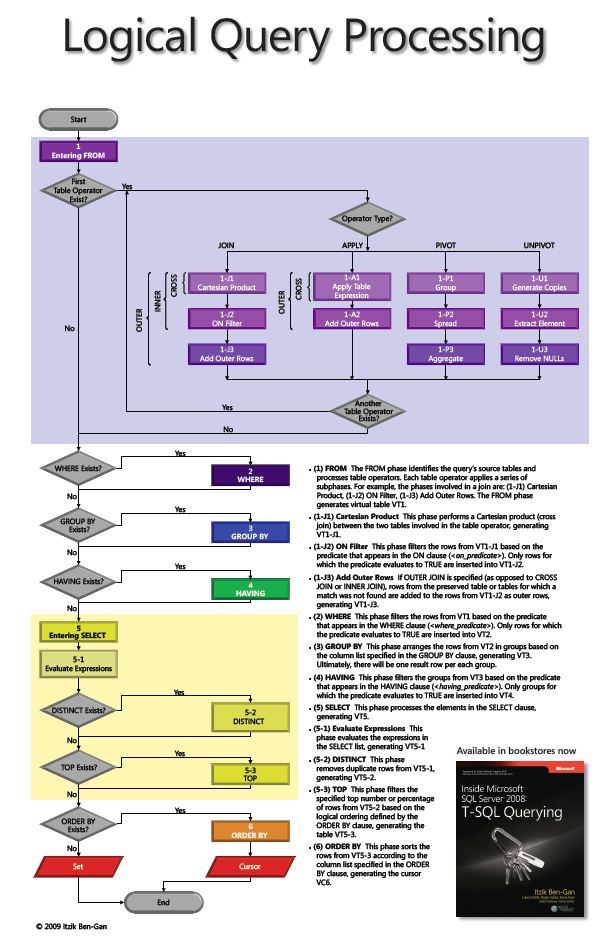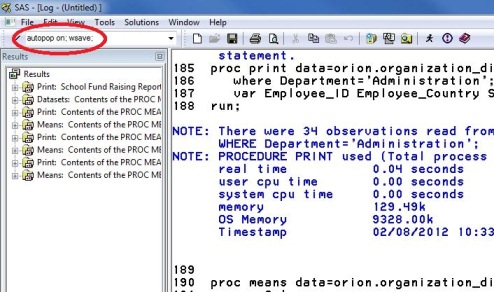
A student brought in this coding problem after her manager was struggling with this issue for a while. They played guessing games, but to no avail. Here’s what happened when they submitted data step and proc sql code using a WHERE clause with an INPUT function? data aileen; length hcn










